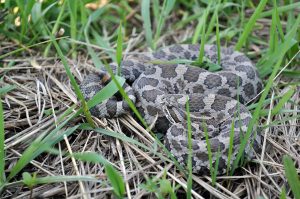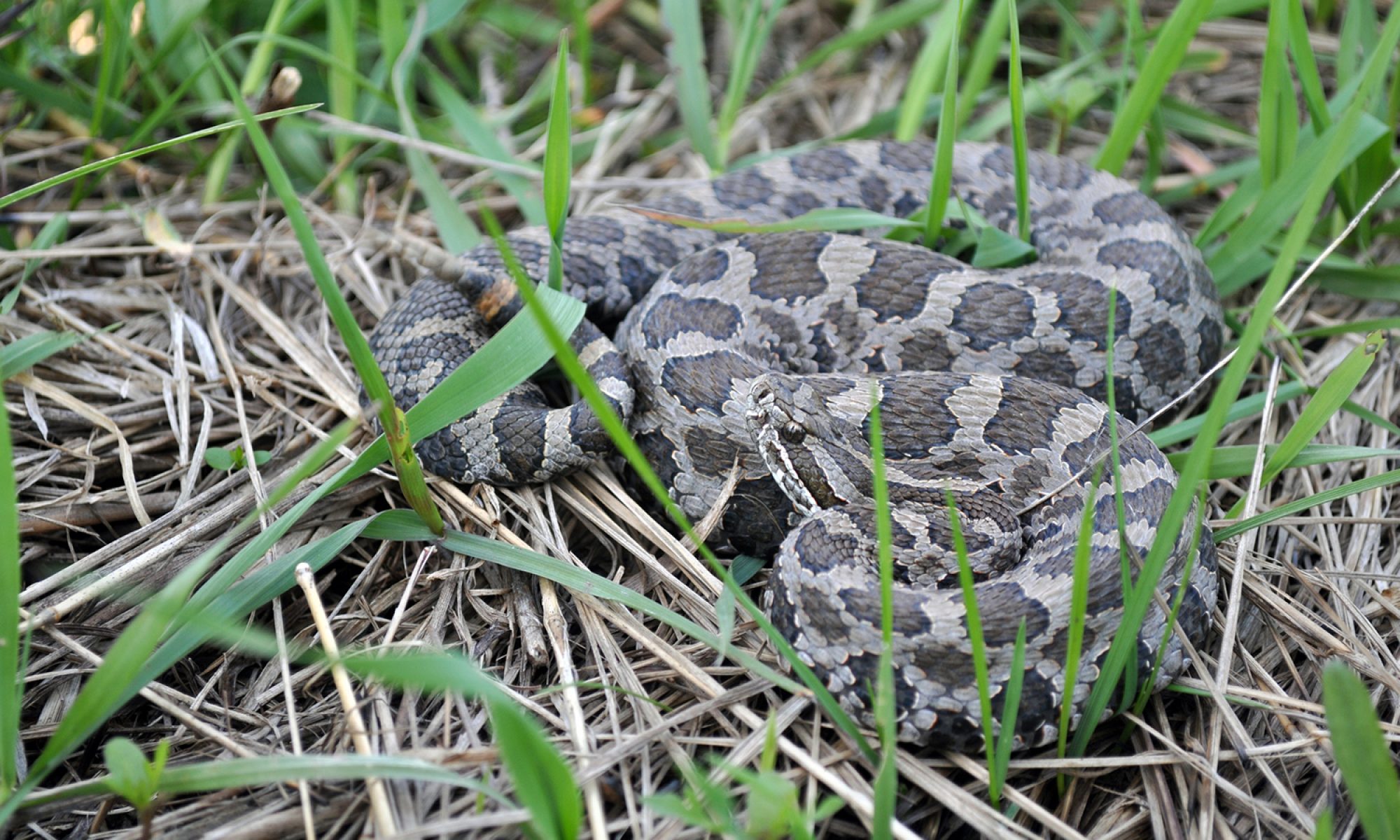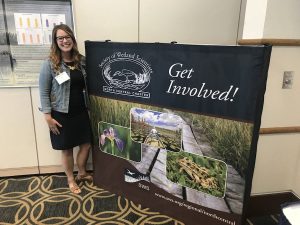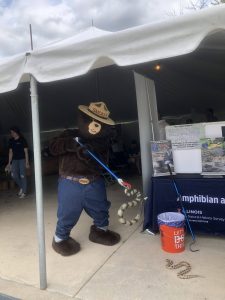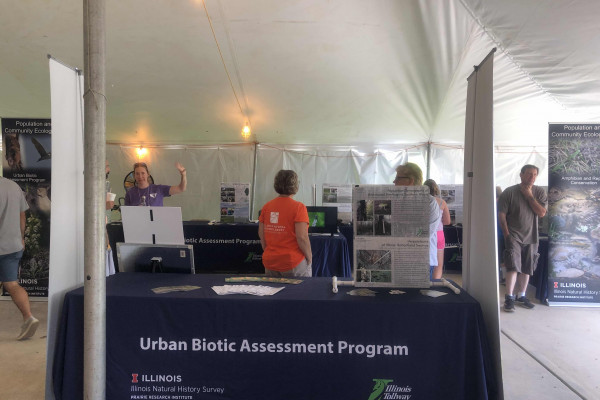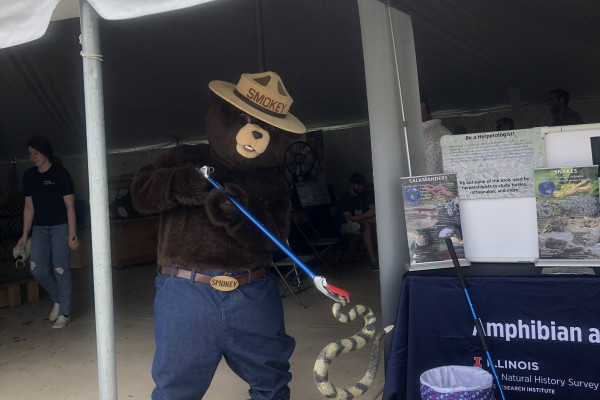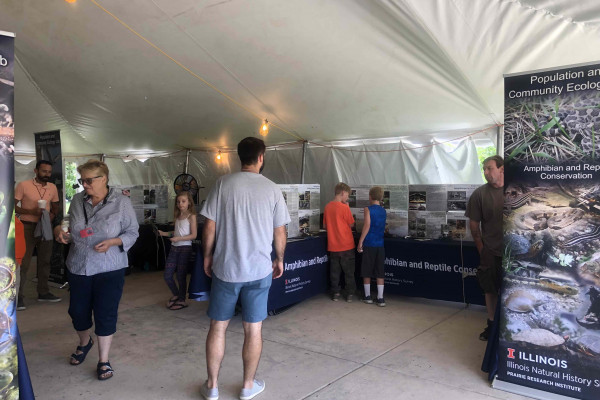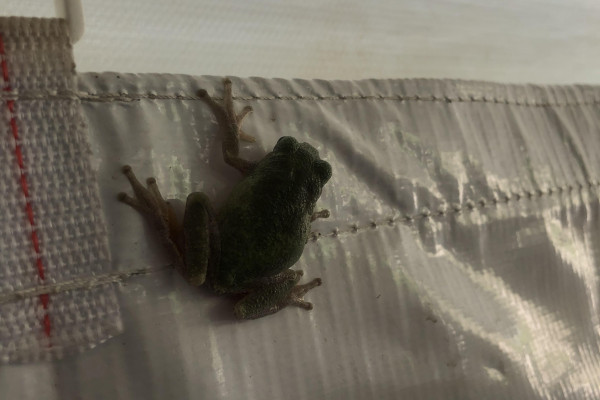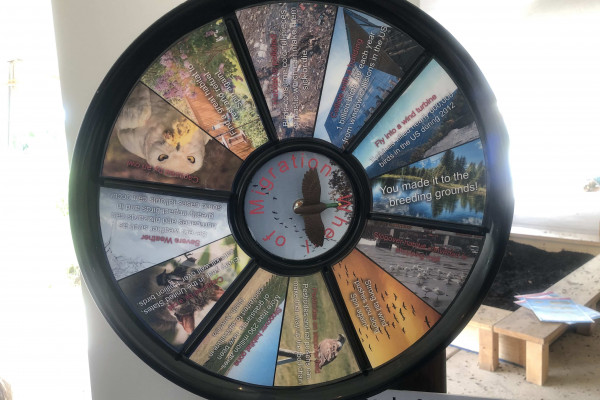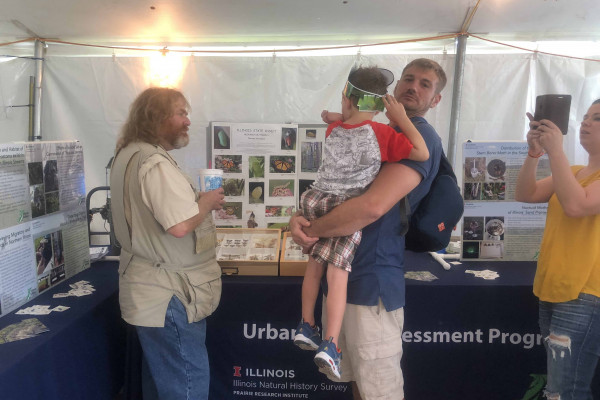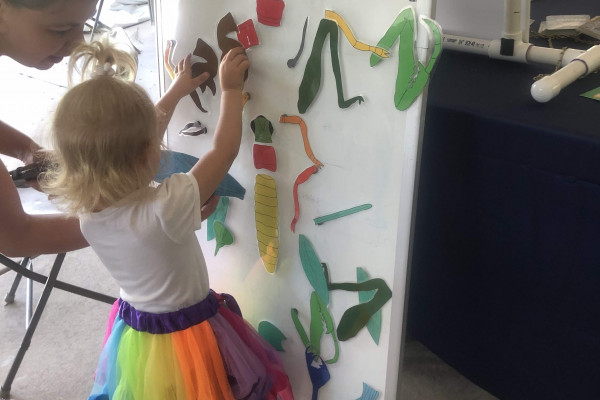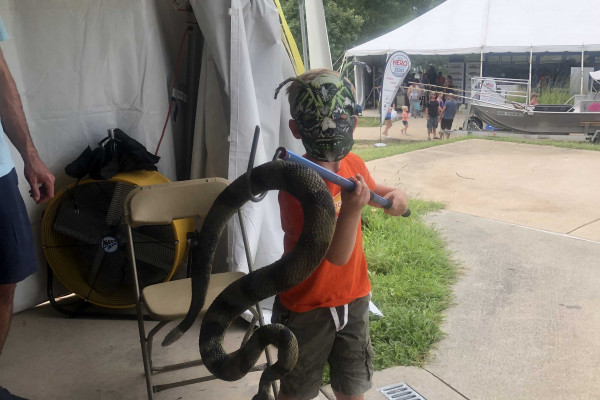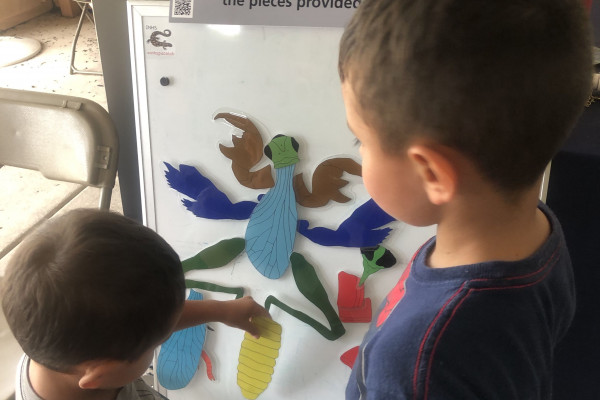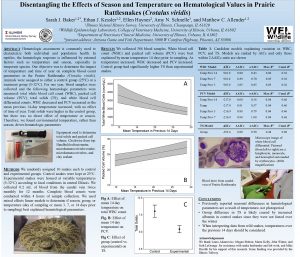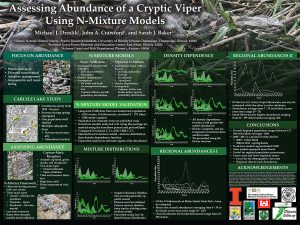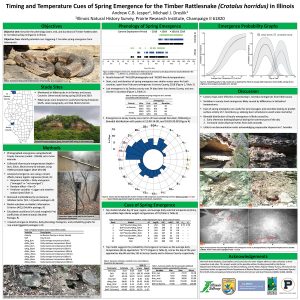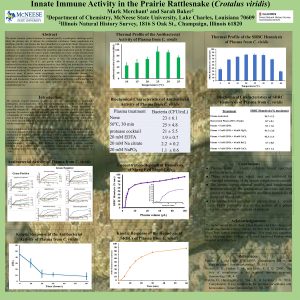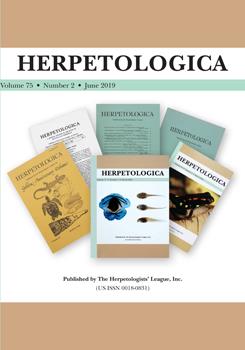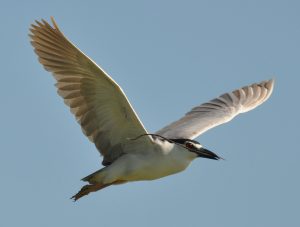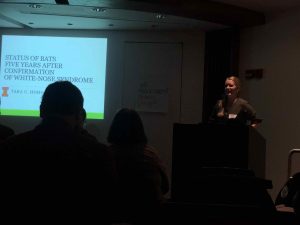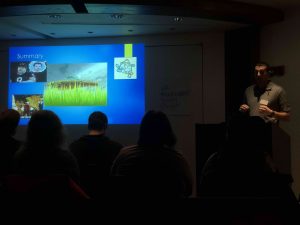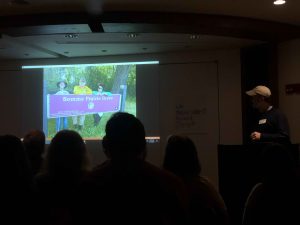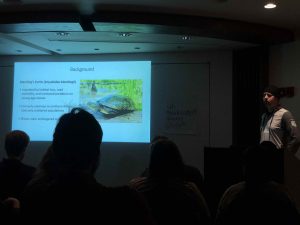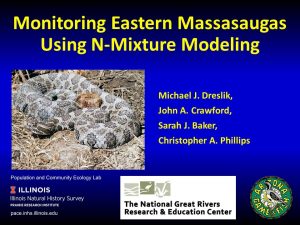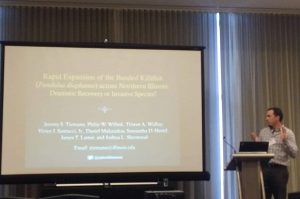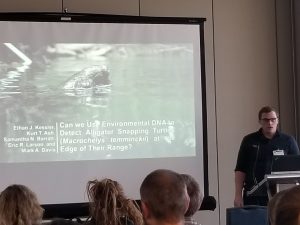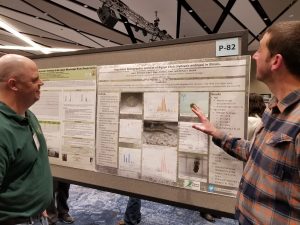Members and affiliates of the PaCE Lab presented 5 papers and 3 posters at the 2019 Turtle Survival Alliance conference held in Tuscson Arizona August 4th-8th.
Presentations
Baker, S. J., L Adamovicz, M. E. Merchant, and M. C. Allender. Site specific difference in health and immune function in Eastern Box Turtles (Terrapene carolina)
Dreslik, M. J., E. J. Kessler, J. P. Ross, K. A. Buhlmann, and P. P. van Dijk. Rapid demographic assessments for freshwater turtles: filling in data deficiencies.
Kessler, E. J., S. M. LaGrange, and M. J. Dreslik. Ontogeny of movement behavior in Alligator Snapping Turtles (Macrochelys temminckii): insights from a reintroduced population.
Merchant, M. E., L. Adamovicz, and S. J. Baker. Characterization of innate immunity of Eastern (Terrapene carolina) and Ornate (Terrapene ornata) Box Turtles.
Ross, J. P., D. Thompson, and M. J. Dreslik. Population viability analysis and the role of head-starting for a northern Illinois Blanding’s Turtle (Emydoidea blandingii) population.
Posters
Edmonds, D, and M. J. Dreslik. Clutch size in an Illinois Ornate Box Turtle (Terrapene ornata) population.
Kessler, E. J., S. M. LaGrange, and M. J. Dreslik. The influence of age and season on basking in Alligator Snapping Turtles (Macrochelys temminckii).
LaGrange, S. M., E. J. Kessler, and M. E. Merchant. Bite force scaling across size classes in the Alligator Snapping Turtle (Macrochelys temminckii) and Common Snapping Turtle (Chelydra serpentina).
